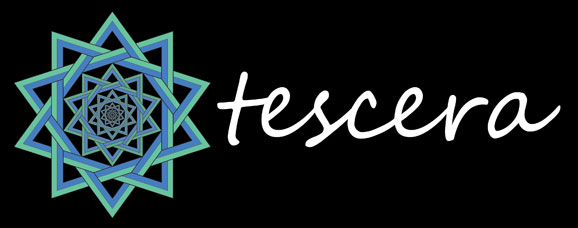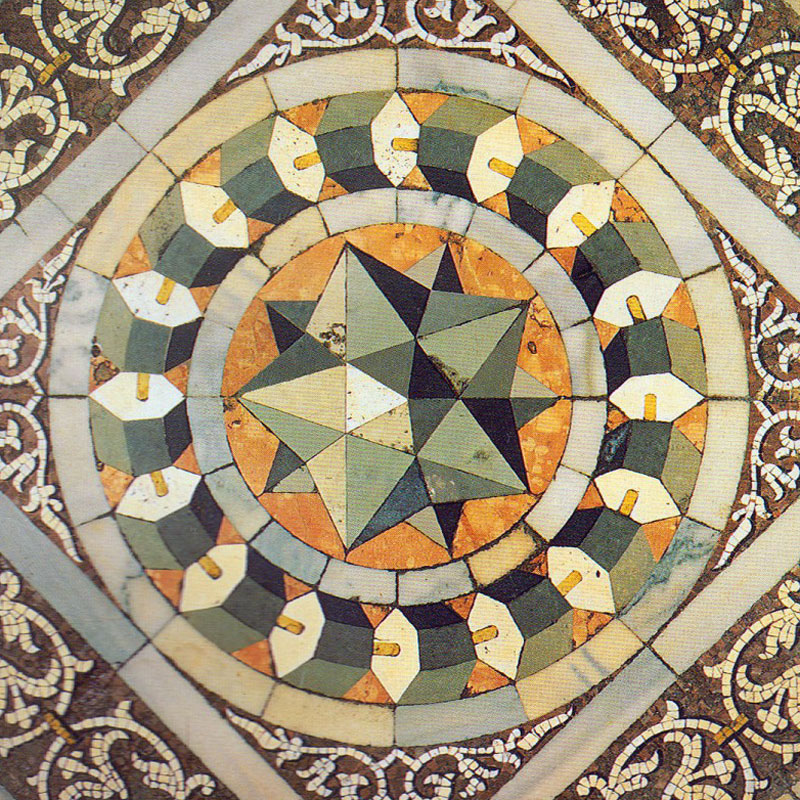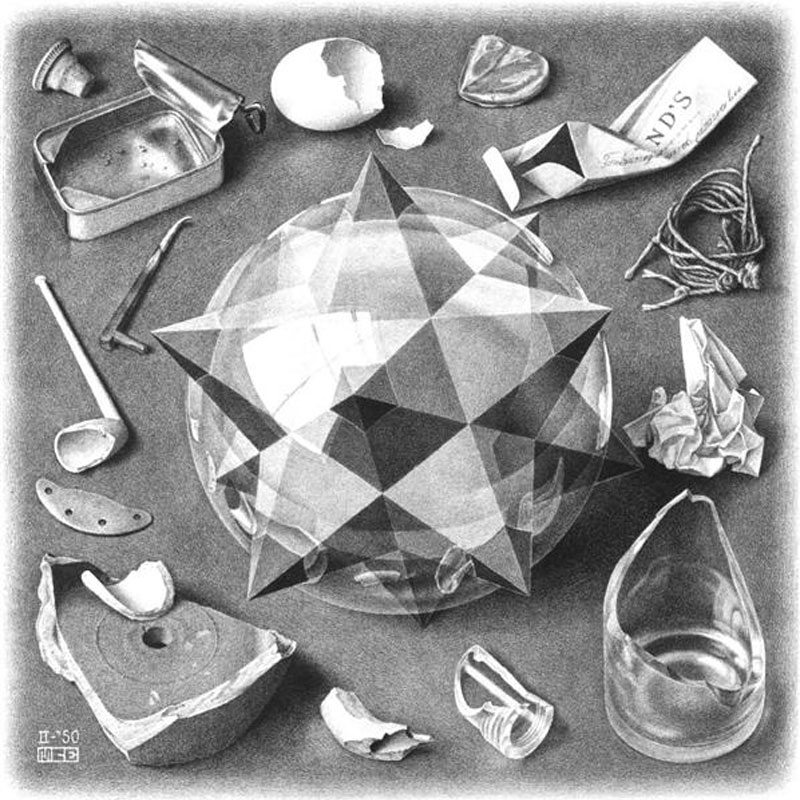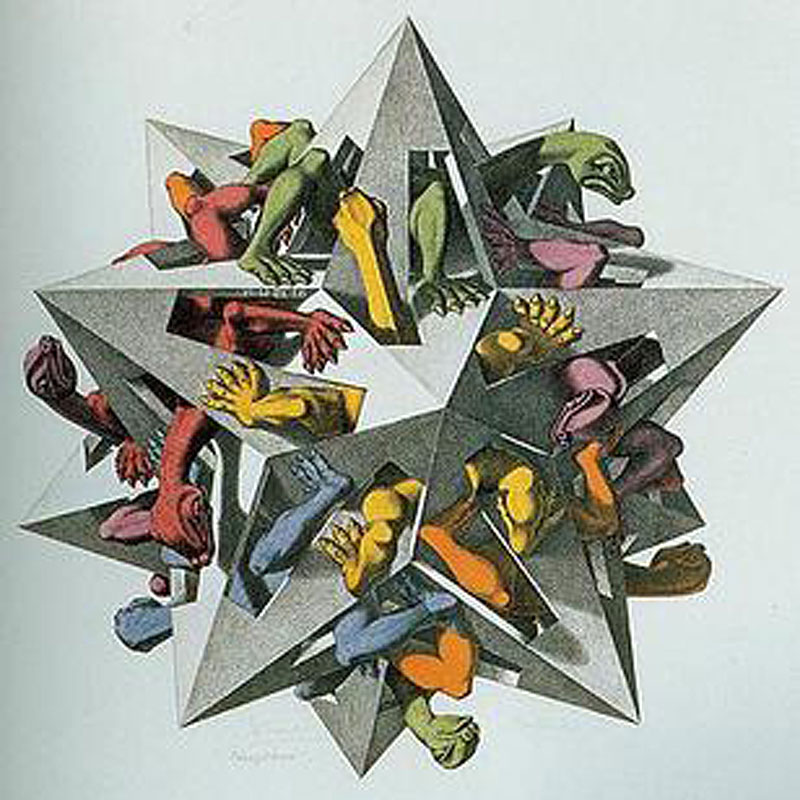Previous page Monstrance
Having created or discovered Apollo’s Lyra, and being a sculptor I decided to try to create a 3D star shape that would fit in a sphere, after some experimentation I focused on a shape that had been generated before.
This shape is referred to as a ‘small stellated dodecahedron’ wiki. A dodecahedron is a 12 sided 3 dimensional shape (and the foundational shape of what I call Shamballa), and stellated refers to the shapes pulled out from the basic shape (the 5 sided pyramids extending from pentagons.) If more regular (IE having no concave angles) a shape with 60 sides (12 groups of 5) might be call a hexacontahedron.
I would point out that this shape could be seen as 12, 5 sided pyramids, or as 12 pentagrams, just as the second element in Apollo’s Lyra. But where the lyra has 60 points, Shamballa has 60 sides.
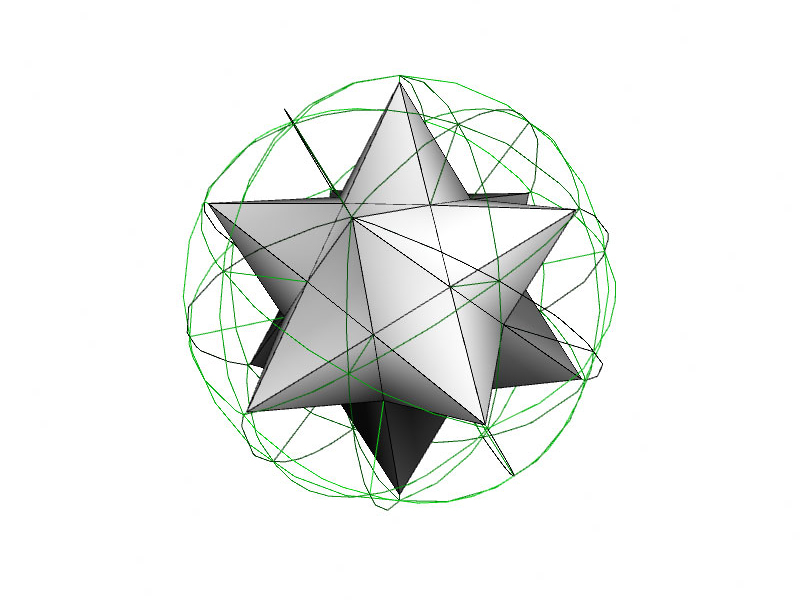
If the vertices are projected out in line with a centre point until they hit a perimeter sphere, the above lines are created. And if similar lines are added joining each apex to its neighbour, the following
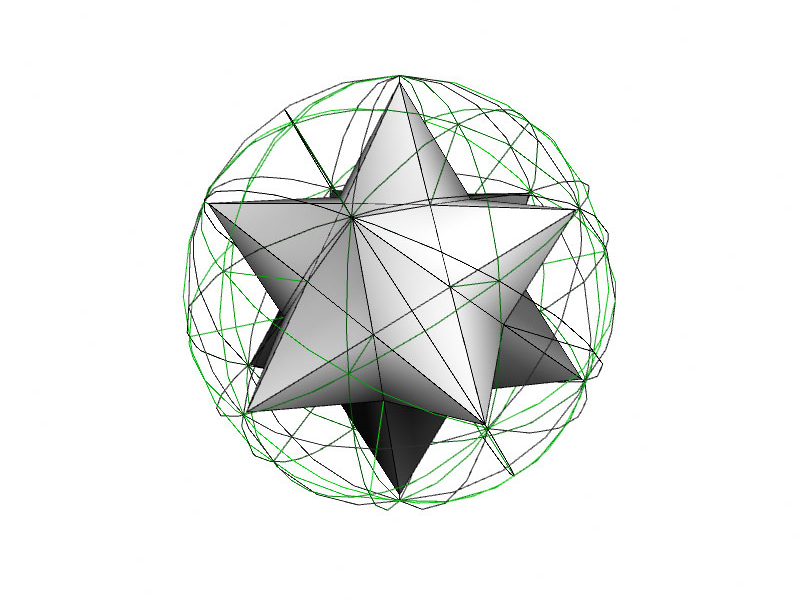
And if Shamballa is replaced with a sphere
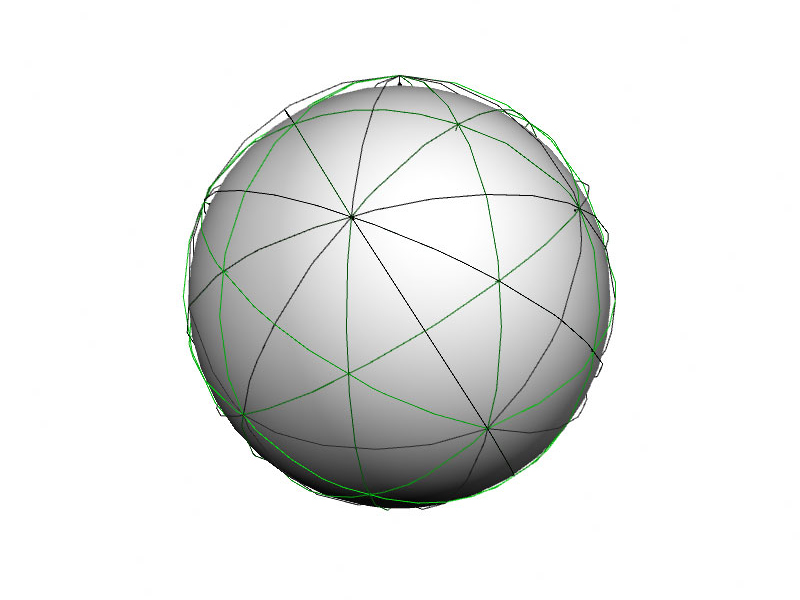
Using Google Earth and a plugin UVG-grid-compiled-by-B-Hagens.kmz (which shows leylines) and unchecking all options but for “UVG basic grid lines,” the Earth will appear wrapped exactly as the above sphere.
Now it might be apparent why I called this shape Shamballa, as the Buddhists call their hidden heavenly city. It could also be Amenti (amen means hidden) or the Duat of the Egyptians, of the Duat there are said to be 12 halls, just as there are 12 pyramids. The hieroglyph for the duat (N15) is a circle with 5 spokes radiating from the centre, basically a simplified pentagram.
This shape appears to be the hyper dimensional nature of the Earth, and the underlying reason for energy patterns exemplified by leylines. Obviously that’s a huge statement, and I don’t make it lightly, the following pages will add weight to this theory.
Next page precession and the pentagram
